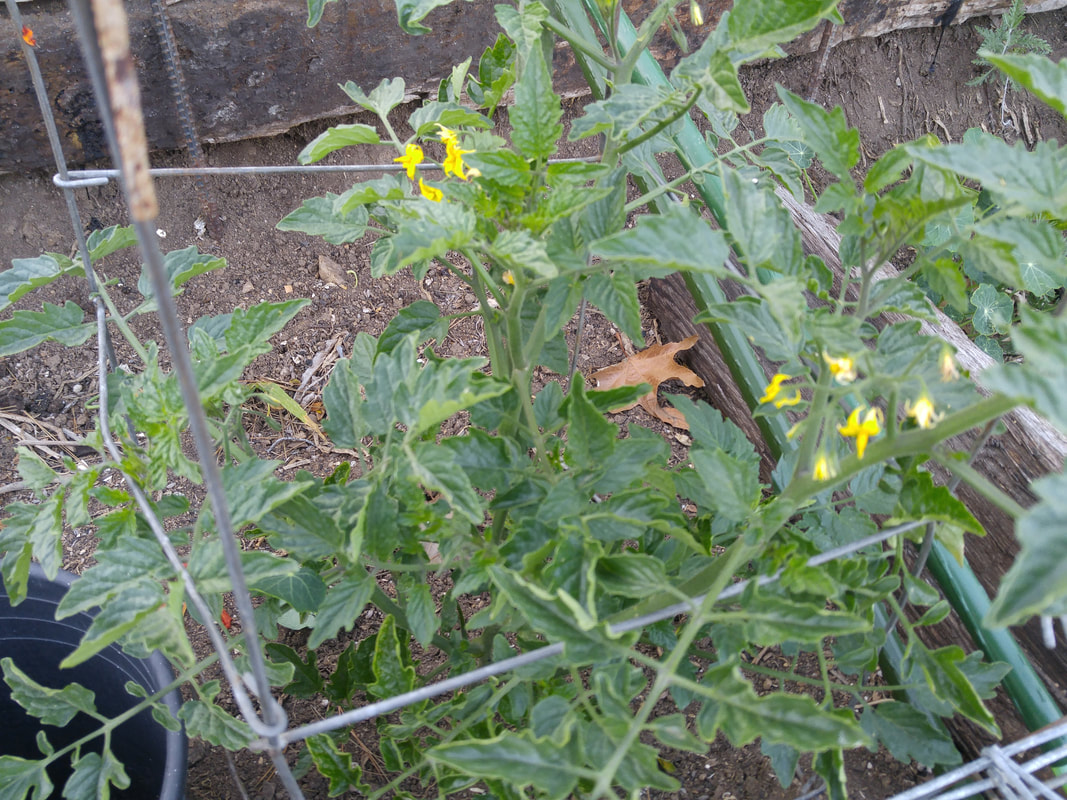 Sungold tomato planted 6 weeks ago is developing nicely with all the cool weather we've had and additional watering besides our couple of rains. Now that the plant is multi-branched and above the cage's second rung (about 1 foot tall), I'm letting it set its blossoms for my first fruits of this season. I wait until the plant is this tall and well-developed before letting the blossoms set because I want the plant to put all its energy into establishing an extensive root system before redirecting that energy into ripening fruit. Several roses blooming after last October's pruning. Several brassicas going to seed. Fortunately, the foliage - including the blossoms themselves - is still tender and sweet, great raw for salads and stir-fried or cooked. Four variations of Ferraria crispa. Although each bloom lasts only one day, each stem has a couple of dozen that open gradually. The whole display may last a month. Several freesia colors. Scilla peruviana, Portuguese squill. Four camellias blooming. | With this week’s daytime temperatures topping 90 degrees every day, and nighttime temperatures above 60, it appears that we’re finally moving into summertime. My first beans, cukes, and squash have germinated, and my tomatoes are well up to the second rung on their cages and putting out blossoms. So I thought I’d provide these warm-season-plant-problems-and-solutions tips earlier in the season so you can be ahead of the curve in checking out your plants and taking care of any issues. Previous Blogs you may want to refer to, about everyone's favorite veggie - TOMATOES - are: 6/17/20 Tomato Growing Problems and Solutions 3/20/20 Happy Spring! Transplanting Tomatoes Technique Beans PROBLEM: Healthy plants that drop their blossoms or stop setting them may be strained from a previously heavy harvest, or some overmature pods may still remain on the plant, thus inhibiting the setting of new fruit. Too much nitrogen fertilizer can also contribute, as can hot weather over 85 degrees and low soil moisture. After air temperatures return to below 85 degrees, it may take another two weeks for plants to set new blossoms. SOLUTION: Make sure to harvest all pods as they mature, and wait for new pods to set. Incorporate a balanced fertilizer, and sidedress with a low-nitrogen fertilizer. Plant early in the season to avoid hot weather during the blossoming period, and water deeply and more frequently. PROBLEM: Bacterial blight spreads quickly on wet foliage and is evidenced by large brown spots on leaves and water-soaked spots on pods. SOLUTION: Pull up and destroy (don’t compost) affected plants. Avoid handling wet foliage. PROBLEM: Leaves with small red or black blisters that turn yellow, dry up, and drop are affected by rust. SOLUTION: Plant resistant varieties. Destroy diseased plants after harvest. Use new stakes for climbing varieties. Avoid handling foliage when the plants are wet. PROBLEM: Beans become shriveled and limp when they have received insufficient irrigation. SOLUTION: Beans should never dry out. Never handle the plants, however, when the foliage is wet. Corn PROBLEM: If plants grow slowly early in the season, the climate is still too cool. SOLUTION: Cover plants with hotcaps to retain heat, or wait for warmer weather to sow the seed. PROBLEM: Leaves that roll upwards indicate that the plant needs immediate irrigation. SOLUTION: Irrigate more deeply and frequently to keep soil consistently moist. Provide organic mulches to retain soil moisture. PROBLEM: Leaves that develop green and yellow striping at their base are deficient in zinc. This occurs more frequently on wet heavy soils in the early spring and may be due to excessive phosphorous. SOLUTION: Incorporate manure. PROBLEM: Leaves that appear streaked are deficient in potash, especially if the plants are grown on very light soil that is easily leached. SOLUTION: Incorporate manure, seaweed, wood ashes, greensand, granite dust, non-woody plant residues, manure, or compost to aerate the soil. PROBLEM: Yellow striping on leaves indicate a manganese deficiency, especially on soils with a pH above 6.7. SOLUTION: Incorporate manure that includes micronutrients. PROBLEM: Reddish streaks on leaves point to a phosphorus deficiency. SOLUTION: Sidedress with a complete fertilizer. PROBLEM: Holes can be chewed in leaves by various insects. SOLUTION: Ignore the damage unless it is severe, or handpick and destroy the insects. The loss of a small amount of leaf will not reduce the yield. PROBLEM: Stunted plants with speckled leaves and ears that are filled but may have missing kernels have sugar cane mosaic. SOLUTION: Plant resistant varieties. PROBLEM: Stalks that fall over after a moderate wind, especially after rain or irrigation, need to have their roots anchored better. SOLUTION: Corn is naturally shallow-rooted and needs to have soil hilled up around the base of the stalks. Add more every two weeks until tasseling begins. This extra soil also serves as a mulch to retain moisture. PROBLEM: Corn earworms are bright green to purplish-brown worms that may be present on the silks or eating their way down through the kernels at the tip of the ears. Brown, sawdust-like material close to the damaged area accompanies the worm. SOLUTION: Plant resistant varieties as early in the season as possible to avoid higher populations later in the summer. Apply Bt, lime, or mineral oil to silks just inside the tip of each ear as soon as the silks have begun to turn brown. Applying these sooner will interfere with pollination and result in poorly-filled ears. In hot, dry weather, however, the oil may spoil the ears. Encourage lacewings, toads, spiders, and ladybird beetles. Break off and destroy the damaged portions of the ears. Destroy (don’t compost) the ears or portions which have been damaged to prevent the worm from maturing. PROBLEM: Small ears that are poorly filled with incompletely developed or shriveled kernels - but with no insect damage - result from poor pollination, insufficient irrigation (especially from silking through harvest), hot weather or high winds from two to three weeks before harvest, or planting a variety that is not adapted to the area. SOLUTION: Plant corn at least four rows wide and long to encourage pollination by breeze. Water and fertilize the corn well, as it is a heavy drinker and feeder. Grow varieties that are appropriate to your area. PROBLEM: Kernels that are tough and doughy, somewhat shrunken, and taste starchy haven’t been watered enough. SOLUTION: Irrigate corn deeply for the approximately three weeks from when the silks first appear until they dry up and the kernels are full of milky juice. If the corn is not harvested during this milk stage, its sugar turns into starch. PROBLEM: Large gnarled galls that are greyish-white to black are from a smut infestation that thrives in hot, dry weather. Late-maturing corn is more susceptible. SOLUTION: Plant fungus-disease-resistant seeds early in the season on a three-year rotation of crops. Remove and destroy affected plants as soon as they are noticed, and keep the powder from spreading. Do not compost. Huitlacoche is prized in the Hispanic and Latino culture. Cucumber Family: Cucumber, Pumpkin, Squash PROBLEM: When vines wilt, and leaves have small specks which turn yellow, and brown, the squash bug has infected the plant. SOLUTION: Handpick and destroy the adults and their egg clusters. Plant resistant varieties. Rotate crops. Apply wood ashes or an ash-water spray. Squash bugs hate catnip, pink petunias, radishes, marigolds, orange nasturtiums, and tansy, so planting these will provide garden beauty while deterring the bugs. Plant new crops as far away as possible from the previously-infested crop. Trellised plants are less susceptible. PROBLEM: Leaves that are eaten may have been enjoyed by the cucumber beetle. SOLUTION: Plant late in the season. Cultivate the soil thoroughly, and mulch heavily. Dust plants with rotenone for a serious infestation. Striped cucumber beetles love goldenrod more than cucumbers, melons, and pumpkins, so plant some of these as sacrificial attractants. Interplant with catnip, radish, or tansy. Natural enemies are the soldier beetle, braconid wasp, and nematode. PROBLEM: If plants suddenly wilt, have parts chewed, and yellow sawdust-like deposits are at the base of the stems, the squash vine borer is in residence. SOLUTION: Make succession plantings. Slit the stems and remove and destroy the borer. Cover the damaged area and every fifth leaf node with soil to encourage rooting, so that the vine will continue to grow beyond the slit. Destroy (don’t compost) all vines after harvest. PROBLEM: When mature plants are healthy but no blossoms or fruit set after a particularly heavy harvest or some mature fruits still remain on the plant, the plants are just temporarily resting from their exertion. SOLUTION: Harvest as fruits ripen, even if they will not be used immediately. PROBLEM: Blossoms that appear but don't set fruit, or the fruits shrivel and fall off, may result from several causes. Early-season flowers are male, and female blossoms will follow and set properly. Blooming and fruit set will resume about a week after night temperatures that were too cool or too hot, or an unusually heavy fruit set. In addition, lack of moisture, poor soil fertility, too much shade, and various diseases may also contribute. SOLUTION: Fruit should set properly later in the season. Irrigate more frequently and deeply to keep soil evenly moist. Incorporate a complete fertilizer. PROBLEM: Cucumbers that taste bitter, especially just under the skin and more deeply at the stem end, may be due to older varieties, overmature fruit, alternately hot and dry temperatures, daily temperature fluctuations that are greater than 20 degrees, excessive nitrogen, or irregular growth resulting from inadequate or infrequent moisture. SOLUTION: Choose newer varieties. Irrigate more deeply and frequently during hot, dry weather, and harvest fruit when it is ready. For eating, cut and discard the bitter end portions, and heat the cucumbers for one minute in boiling water to draw off the bitterness, then discard the water. PROBLEM: Misshapen fruits can result from inadequate moisture, poor pollination, or confined development. When the weather is too cool or too hot, bees are not available, and pollination is not complete. When blossoms cling to the fruit after overhead watering, or the fruit is confined in the foliage, fruit development is restricted, and odd shapes result. SOLUTION: Irrigate more deeply and frequently, and underneath foliage. Encourage bees to your garden by providing blue-flowering plants. Avoid overhead watering during blossoming. Provide trellises or other support to release fruits from being bound in the plant foliage. PROBLEM: Scab, which thrives in foggy, cool weather, causes dry, corky spots on fruit, leaves, and stems. Sap oozes from the fruits, and greenish mold develops. SOLUTION: Pull up and destroy (don’t compost) infected plants immediately. Plant resistant varieties. Rotate the crop so that they are not grown in the same soil more frequently than every three years. PROBLEM: Squash and pumpkins that rot during storage were probably not sufficiently cured or properly stored - or are next to ones that are spoiling. SOLUTION: Let the fruit mature completely before harvesting, and cure them thoroughly. Store in a dry place out of direct sun at 40 to 60 degrees. Melons: Cantaloupe, Honeydew, Muskmelon, Watermelon PROBLEM: When vines wilt and leaves have small specks which turn yellow and brown, the squash bug has infected the plant. SOLUTION: Handpick the adults and their egg clusters. Plant resistant varieties. Rotate crops. Apply wood ashes or an ash-water spray. Squash bugs hate pink petunias, radishes, orange nasturtiums, and marigolds, so planting them will provide garden beauty while deterring the bugs. PROBLEM: Melons taste bitter when they ripen in cold, wet weather. SOLUTION: Plant melons so that they mature in warm weather. Peppers and Eggplants PROBLEM: Leaves roll downwards, but there is no yellowing or stunting. SOLUTION: Nothing is needed, as the fruit yield will not be affected. PROBLEM: Plants that grow very slowly and either don't set blooms or the blooms drop off are suffering from weather that is too cool. SOLUTION: Wait until warmer weather to plant, or provide hotcaps to concentrate the warmth. PROBLEM: When mature plants are lush, but no fruit sets, too much nitrogen is the problem. SOLUTION: Incorporate a balanced fertilizer when planting, and sidedress several times during the growing season with a low-nitrogen fertilizer. PROBLEM: Pepper blossoms or young fruit drop when plants have been stressed from lack of water, air temperatures above 85 degrees, too many mature fruits not yet harvested, or magnesium deficiency. SOLUTION: Peppers are only moderately deep-rooted and recover slowly from drought injury. Harvest fruits, and blossoms will begin setting again. A solution of one tablespoon of Epsom salts to one quart of water sprayed onto leaves and blossoms several times through the bearing season will aid fruit set. PROBLEM: Peppers may be eaten from the inside by pepper maggots. SOLUTION: Destroy (don’t compost) the affected fruit. Spray adult flies (yellow with brown bands on wings) with rotenone before they lay maggot eggy in the peppers. PROBLEM: Eggplant fruit have brownish spots of rot that are especially severe during wet weather. SOLUTION: Plant resistant varieties. Rotate so that they are not grown on same soil more frequently than once in every 4 years. Potatoes, Sweet PROBLEM: Stem rot causes young plants to die after transplanting, and survivors develop bright yellow leaves which pucker, wilt, and die. Harvest is of poor quality. SOLUTION: Plant certified seed of resistant pieces. Rotate the crop so that plants grow in the same soil only once in four years. Avoid overcrowding and overfertilization. PROBLEM: Tubers that are long and thin have received too much nitrogen. SOLUTION: Incorporate a balanced fertilizer when planting, and sidedress with a low-nitrogen fertilizer. PROBLEM: Tubers with a brown to black surface discoloration that is only skin deep and can be scraped off easily have scurf. It is most severe on heavy wet soils with a high level of manure. SOLUTION: Plant healthy sprouts from certified seed stock. Incorporate compost to lighten the soil and provide better drainage. Rotate the crop so that potatoes grow in the same soil only once every four years. Eating quality is not harmed. PROBLEM: White mold starts on bruised areas and develops into soft, watery rot on stored tubers. SOLUTION: Plant certified seed of resistant varieties. Avoid bruising tubers during harvest. Cure tubers in a dark, humid, and well-ventilated atmosphere at 80 to 90 degrees for two weeks. Store in a dry, well-ventilated area at 55 to 60 degrees. Avoid overcrowding. PROBLEM: Tubers are rough and oddly shaped when they are grown in soil that is too heavy. SOLUTION: Incorporate organic matter to lighten the soil texture. PROBLEM: Tubers are dry and rough-textured when they have endured alternately wet and dry conditions. SOLUTION: Irrigate deeper and more frequently. Potatoes, White PROBLEM: Potatoes that fail to emerge after planting the seed pieces in cold wet soil may have rotted. If the potatoes were purchased at the grocery store, they may have been sprayed with a sprout retardant. SOLUTION: Plant only certified seed of resistant pieces when the soil has warmed. Incorporate compost to lighten the soil and provide better drainage. PROBLEM: Potato tuberworm eats tunnels in the tubers, and the shoots wilt and die. SOLUTION: Keep potato plants deeply hilled with soil. Don't allow soil to crack. Destroy infested vines and tubers. PROBLEM: Leafroll virus and net necrosis cause plants to be stunted and markedly yellow and leaves to uniformly roll upward. Cut tubers have brown netting. SOLUTION: Plant only certified seed of resistant pieces. Spray peach trees for overwintering green peach aphid (the carrier). PROBLEM: Stunted growth and leaves that turn yellow and brown between the veins and become brittle may be suffering from magnesium deficiency. SOLUTION: Incorporate dolomitic limestone or a handful of Epsom salts. PROBLEM: Rhizoctonia, black scurf, causes vines to suddenly wilt, stems to have brown lesions, and tubers to have irregular raised, black, hard bodies and be roughened in a cross-patched pattern. It is more prevalent in wet, cold, heavy, and poorly-drained soil. SOLUTION: Plant clean certified seed of resistant varieties. Rotate the crop to a new area with cereal or corn crops on a five-year basis. Incorporate compost to lighten the soil and provide better drainage. Plant as late as possible in the season. PROBLEM: Tubers crack from sudden growth resulting from heavy irrigation after long drought conditions. SOLUTION: Water deeply and more frequently in dry weather. PROBLEM: Tubers are knobby-shaped or have cavities in their centers when they have undergone alternately wet and dry conditions. SOLUTION: Irrigate to keep soil more evenly moist. Incorporate compost to lighten the soil and maintain a more even moisture. PROBLEM: Tubers with corky scabs on their skin surfaces are infected with common scab that is most frequently a problem in dry, sandy, or gravelly soils that are alkaline, lacking in organic matter, or have a high level of fresh manure. SOLUTION: Plant resistant varieties. Avoid using wood ashes, lime, or fresh manure. Potatoes are safe to eat after removing the scabby areas. Incorporate compost to improve the soil texture and its ability to remain moist but not wet. Grow and turn under a green manure crop - the soil will become more acidic, and rapidly decaying matter will encourage beneficial organisms that compete with scab. Rotate crops on 5-year basis. PROBLEM: Stored tubers become soft and rotten from infection that gained entrance through wounds inflicted during harvest and storage. SOLUTION: Avoid wounding tubers during harvest and storage. Tomatoes See my previous Blogs: 6/17/20 Tomato Growing Problems and Solutions 3/20/20 Happy Spring! Transplanting Tomatoes Technique More Gardening Tips for This Month See March and April. |
|
7 Comments
Yvonne Savio
3/29/2021 01:05:09 pm
Hi, ELF, yes indeed there are lots of nasty possibilities, but hopefully you'll not have to deal with very many! Corn is best planted in squares of at least 4 plants in each direction because it's wind pollinated.
Reply
James
4/2/2021 01:43:44 am
Amazing tips! It's very helpful for me because I'm a beginner in gardening. I really want to learn more about gardening. I'll save this for the mean time thanks a lot! <a href="https://www.roofingprosgrandjunction.com">Roofing Companies Grand Junction</a>
Reply
Yvonne Savio
4/2/2021 07:26:44 pm
Glad to help!
Reply
Yvonne Savio
9/18/2021 05:41:54 pm
Hi Michael -- So glad you enjoyed and learned from it! That's the point!
Reply
Leave a Reply. |
Categories |

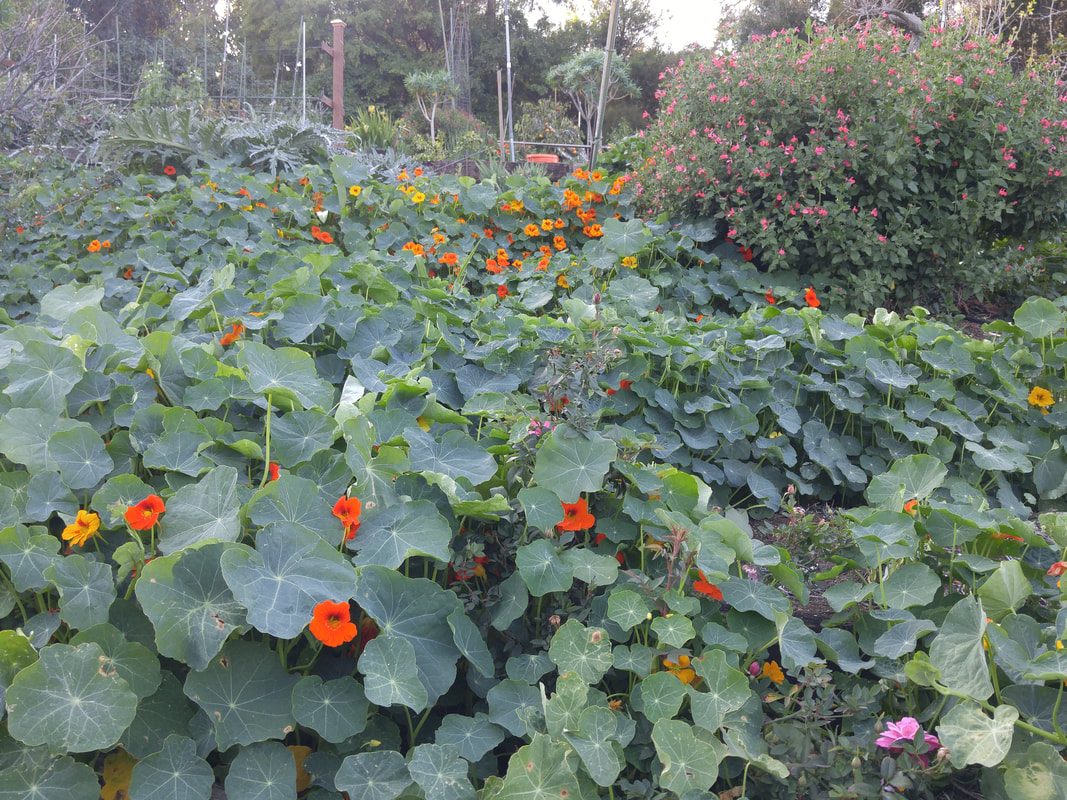
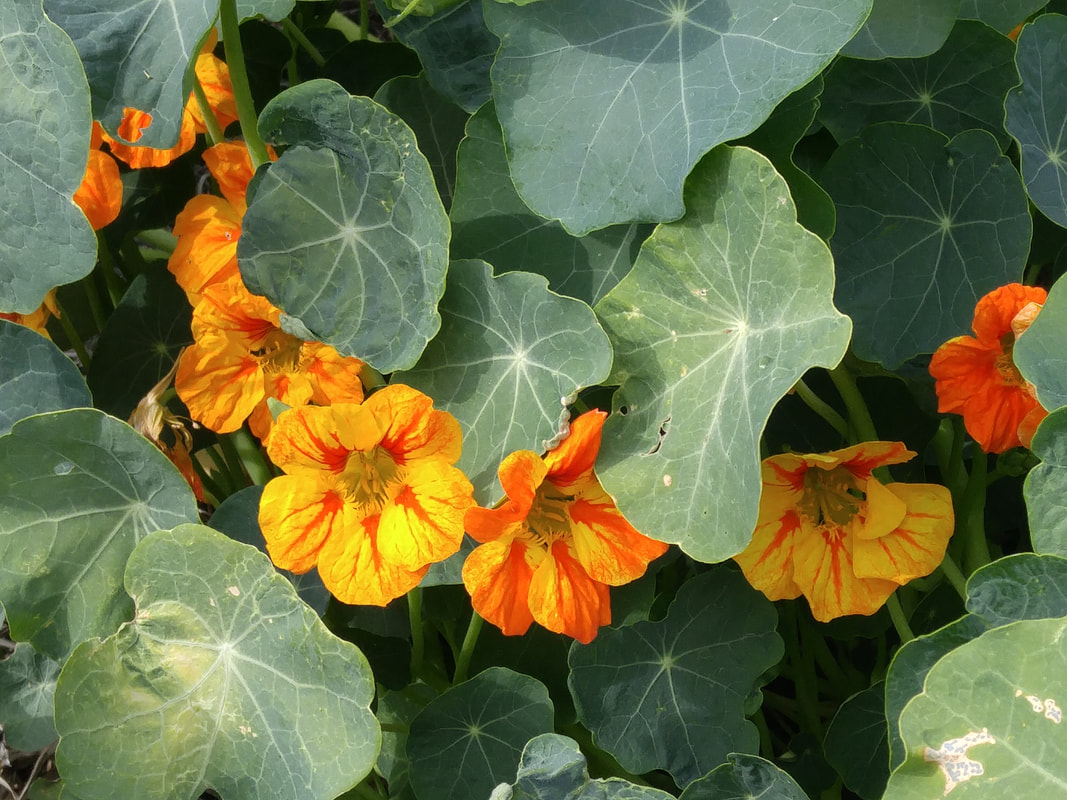
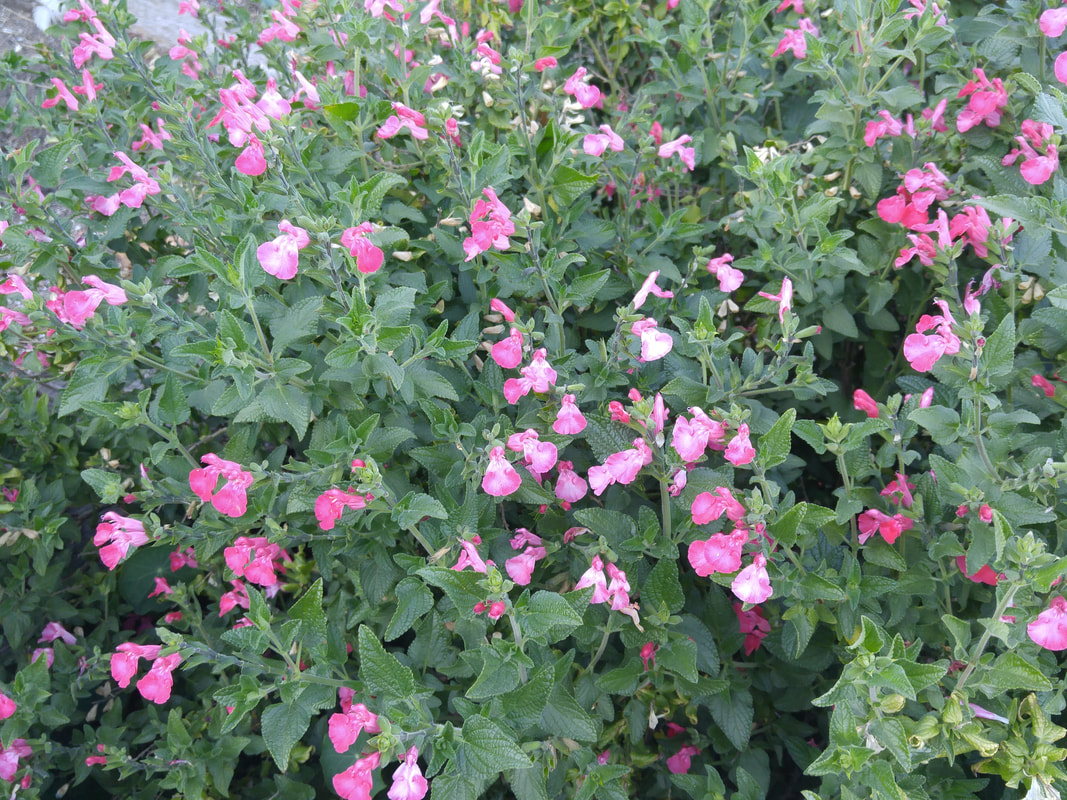
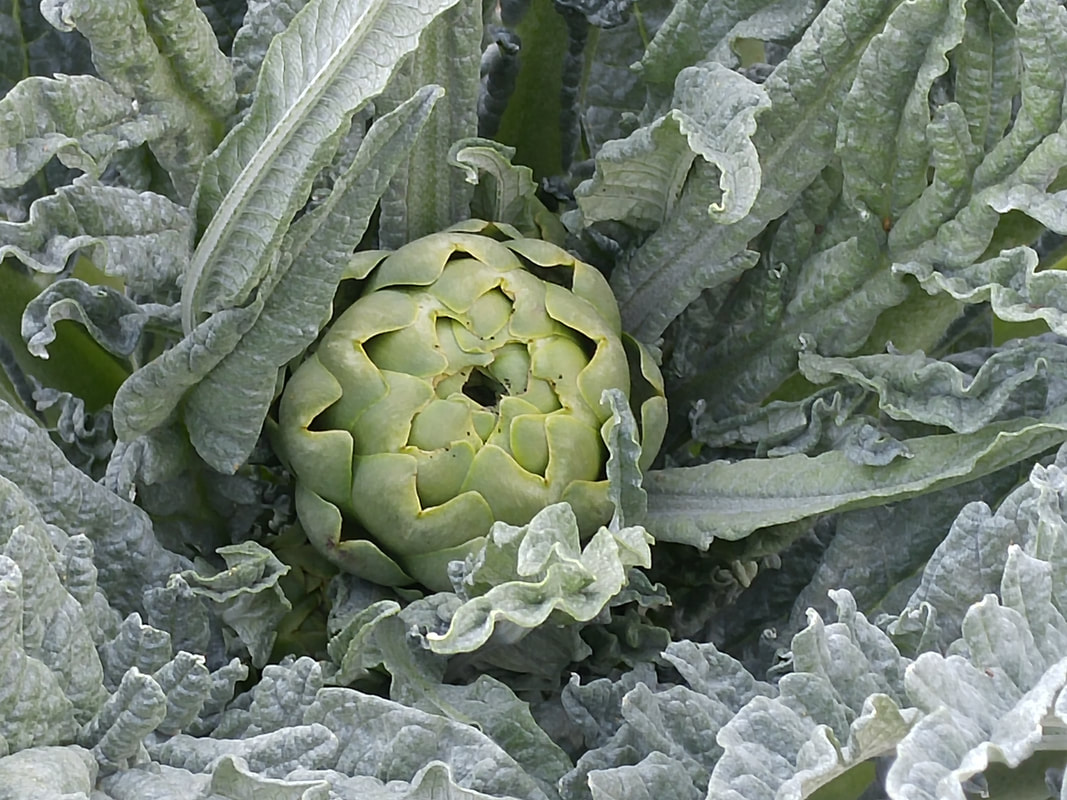
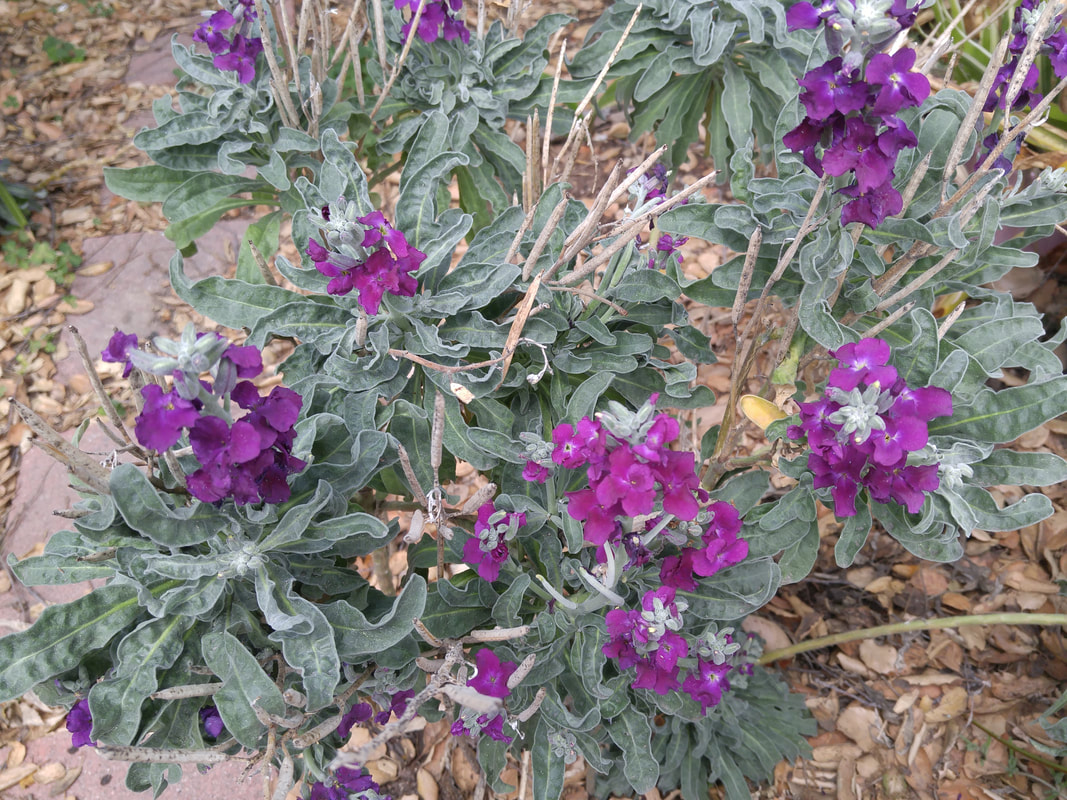
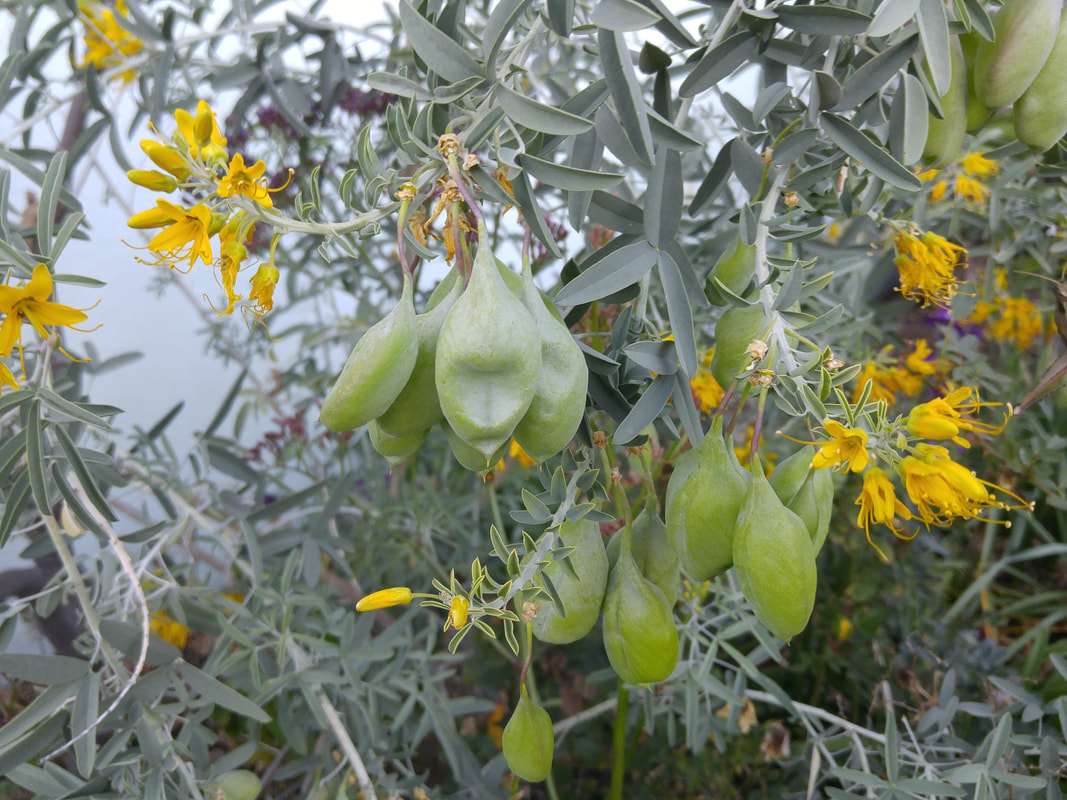
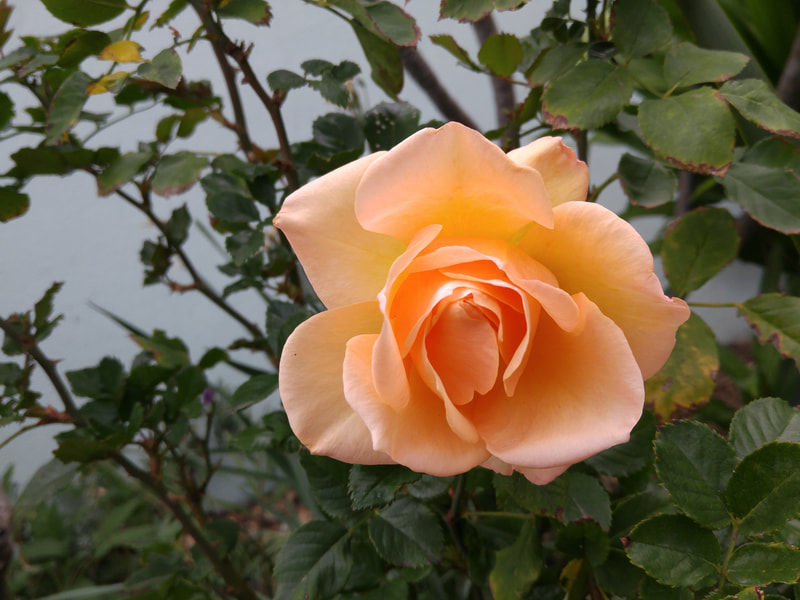
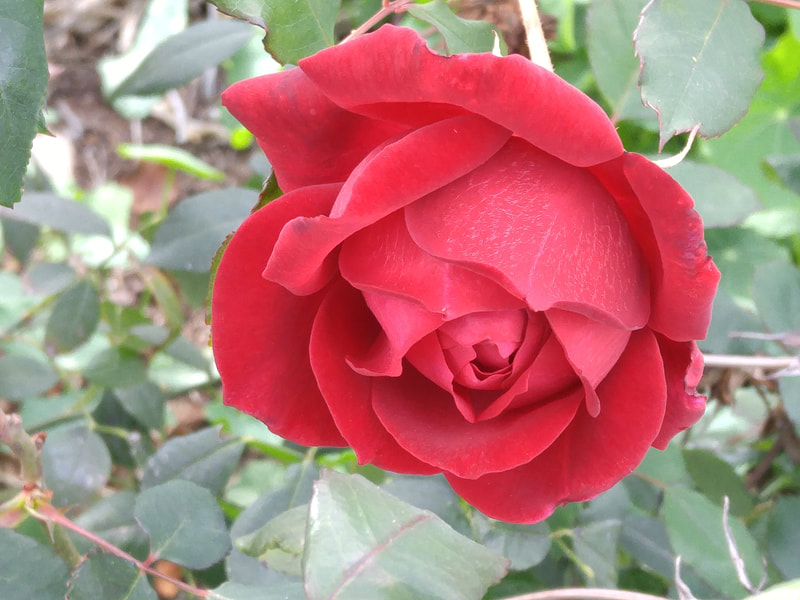
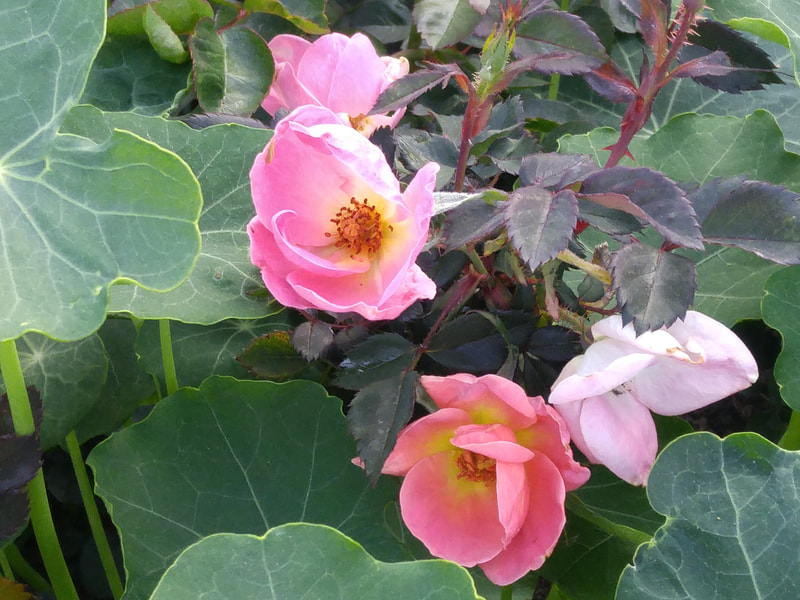

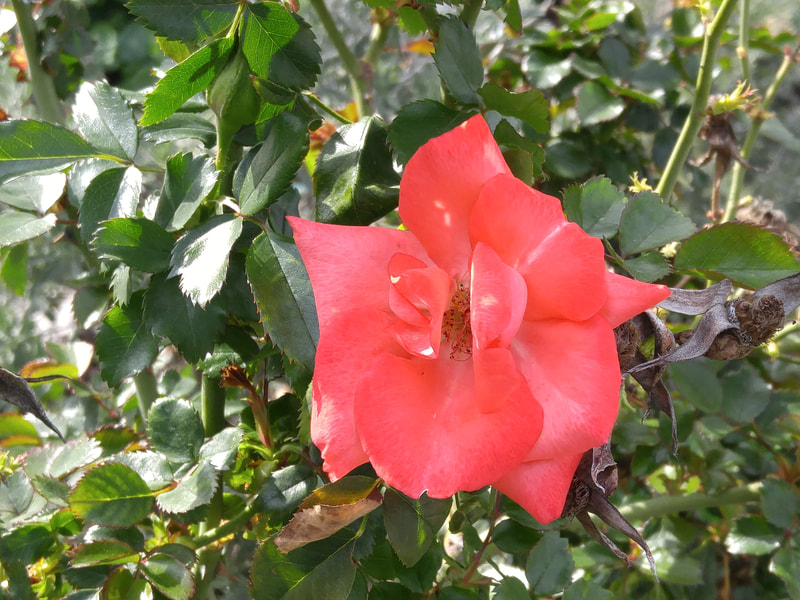
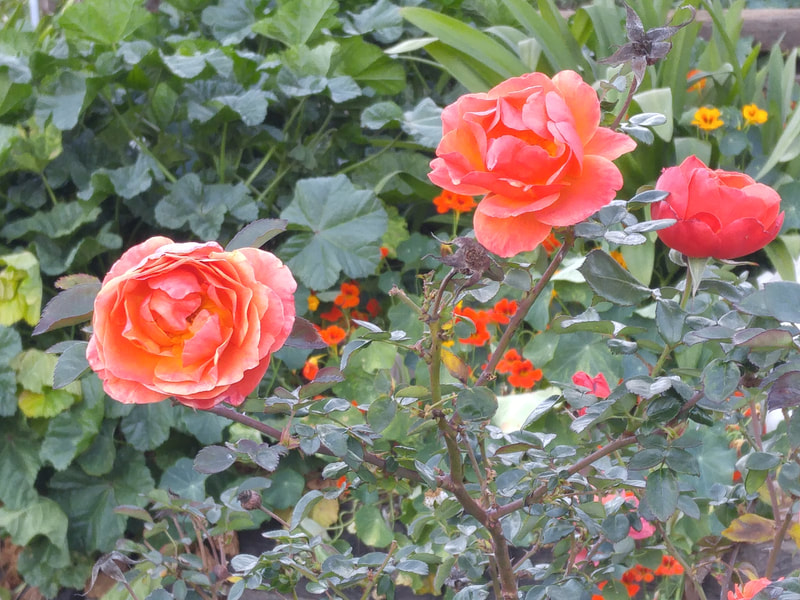
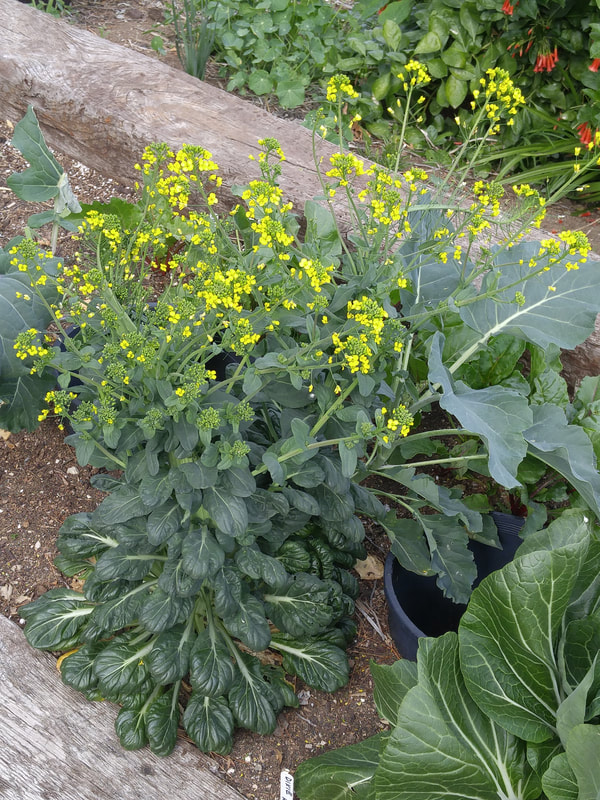
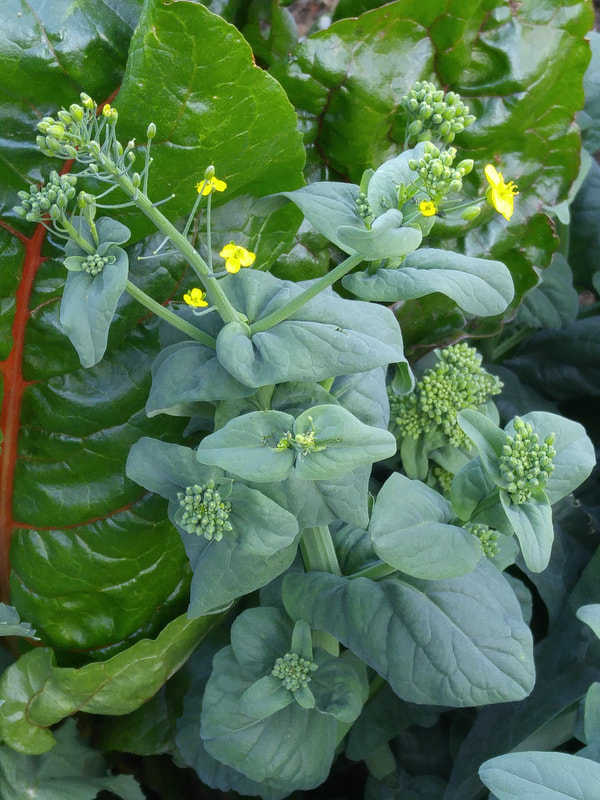
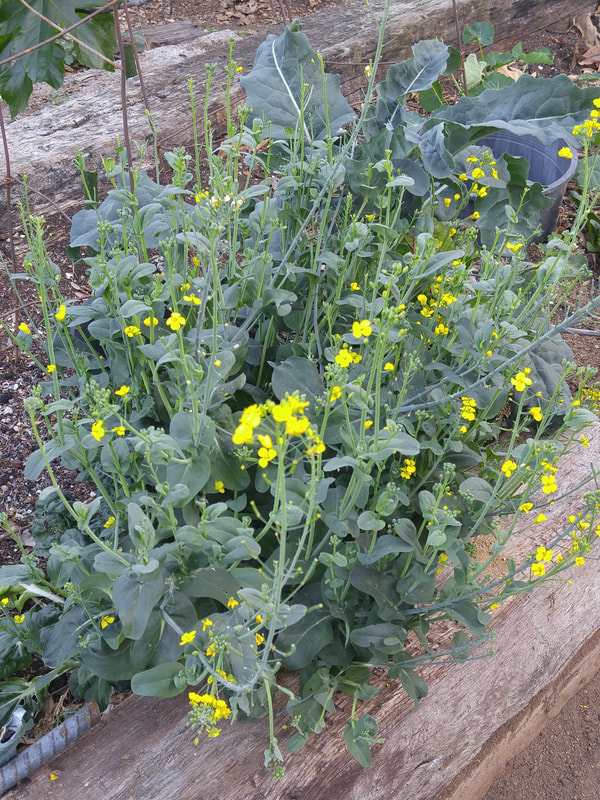
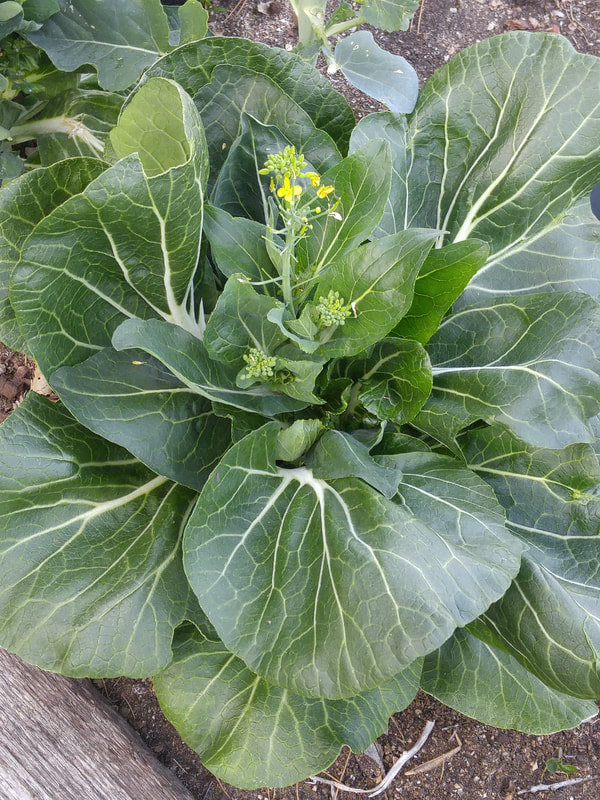
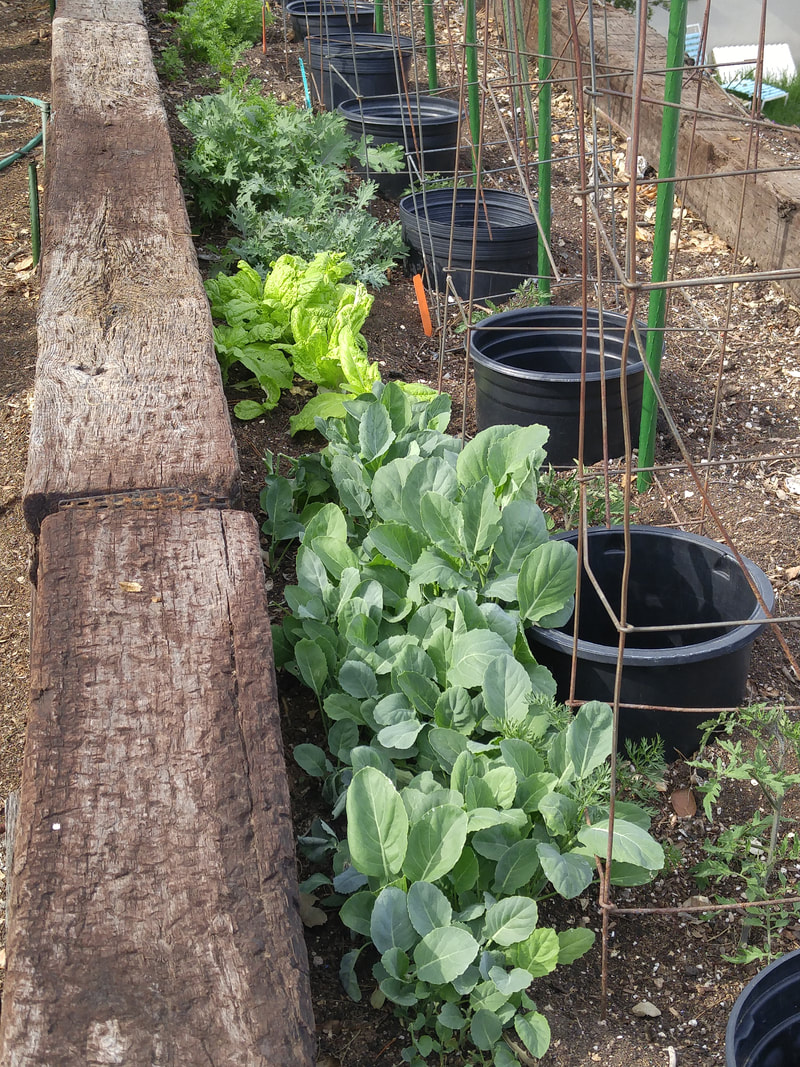
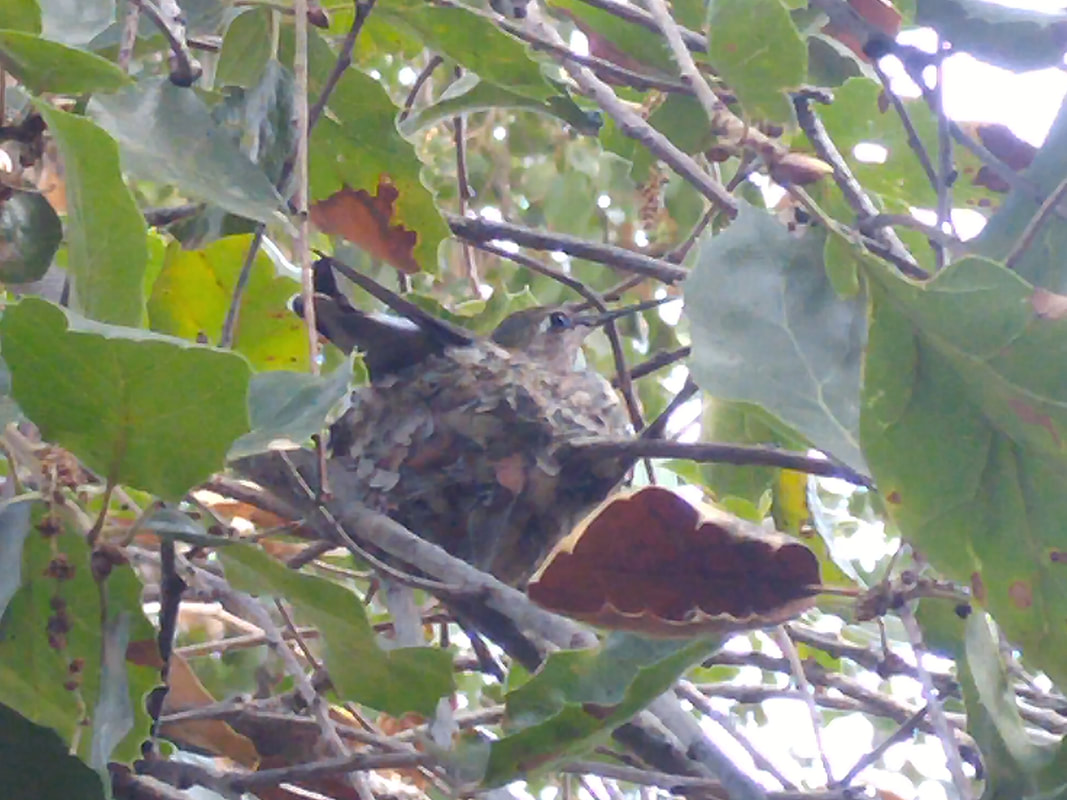
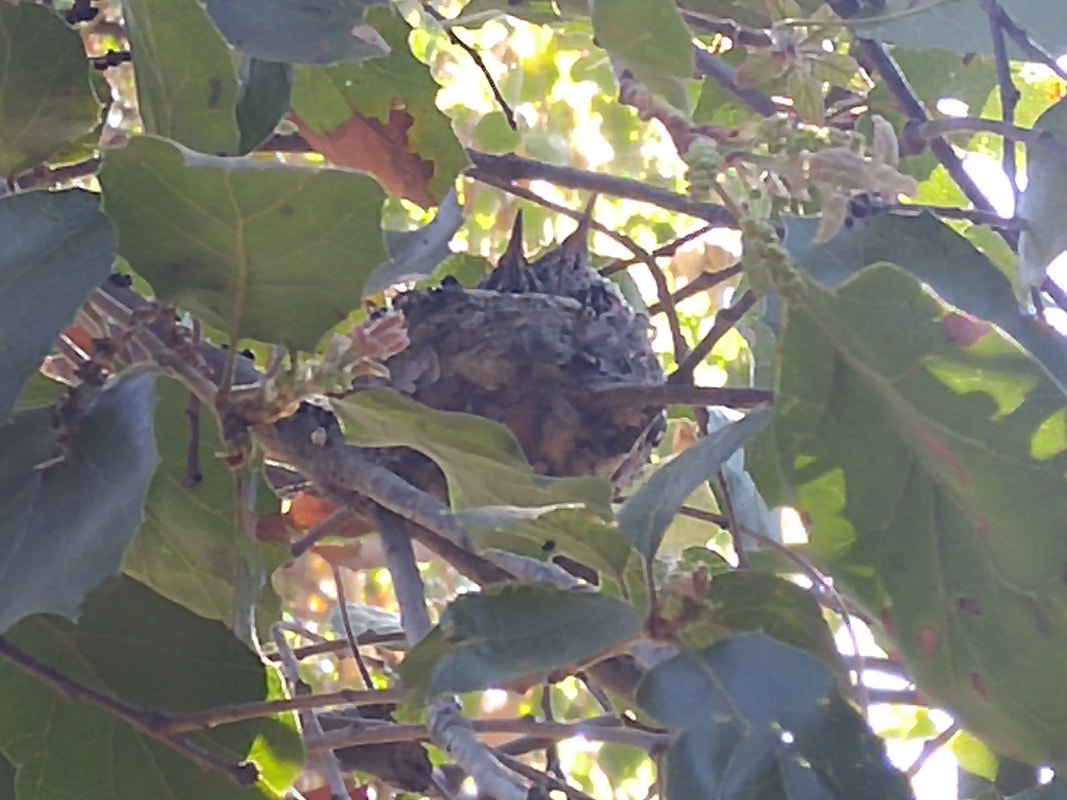
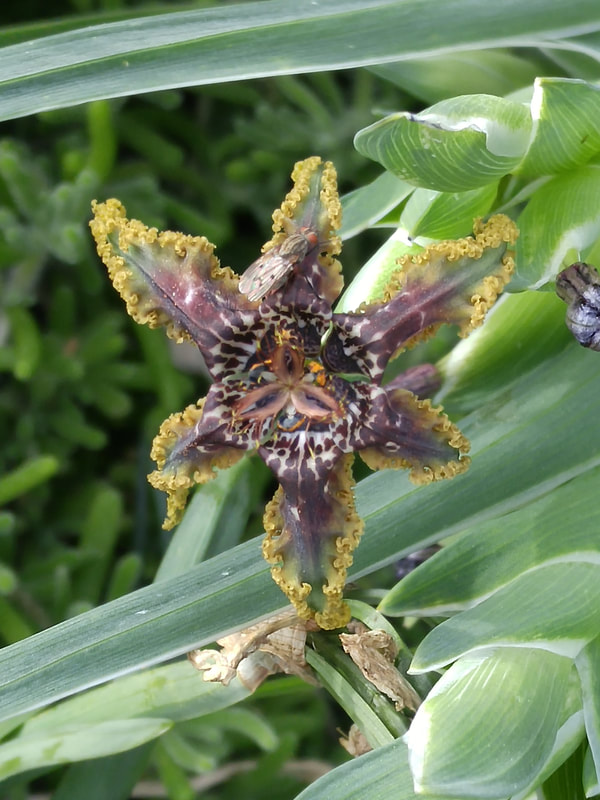
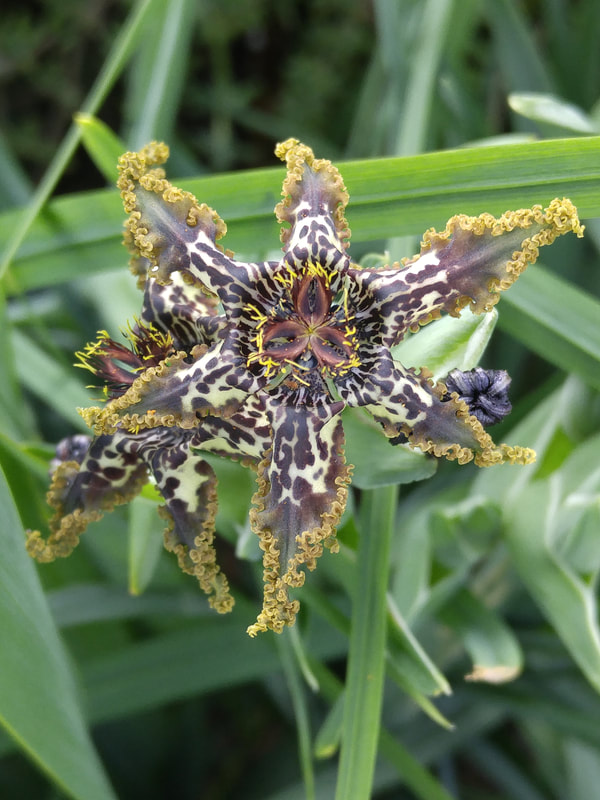
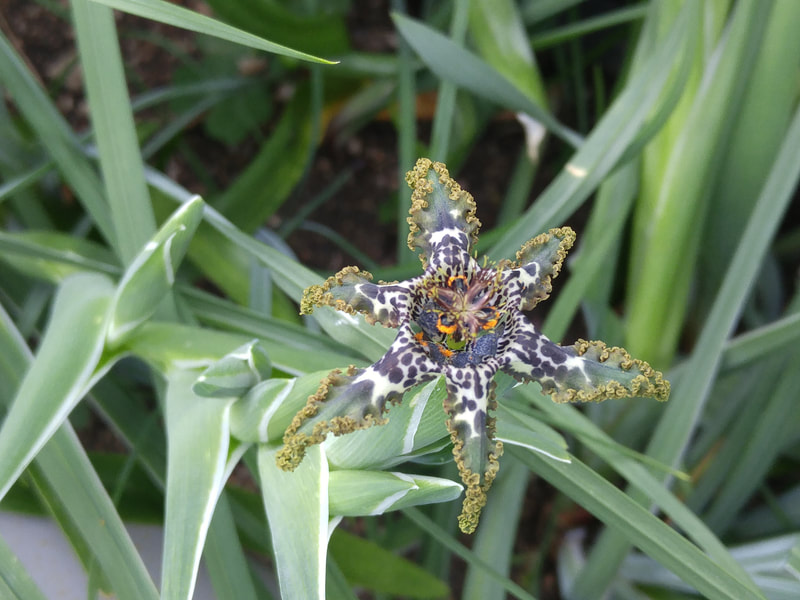
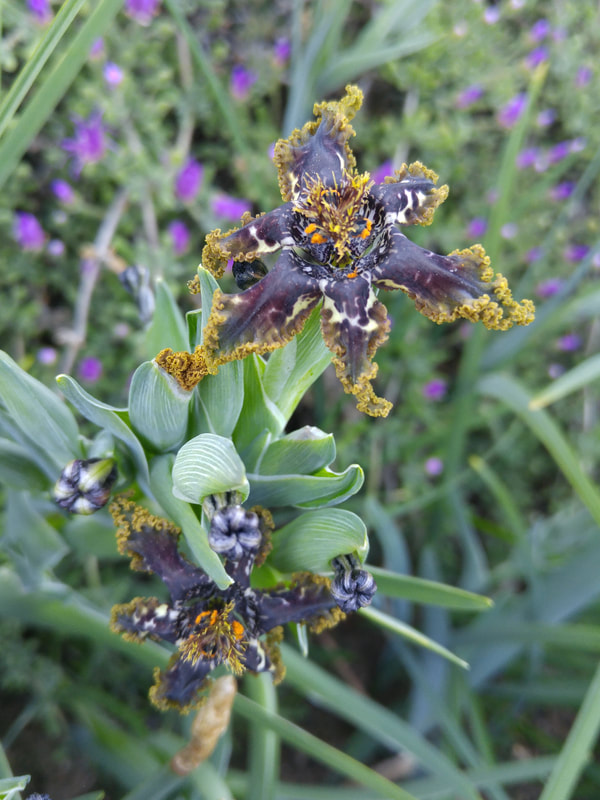
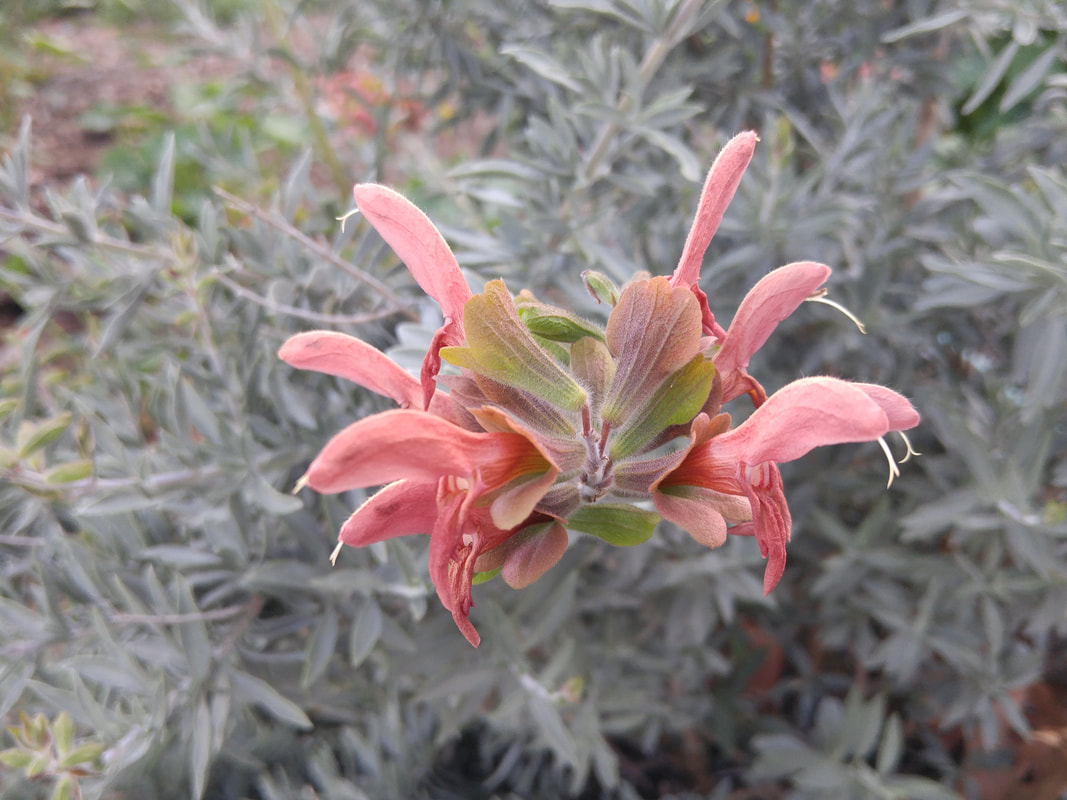
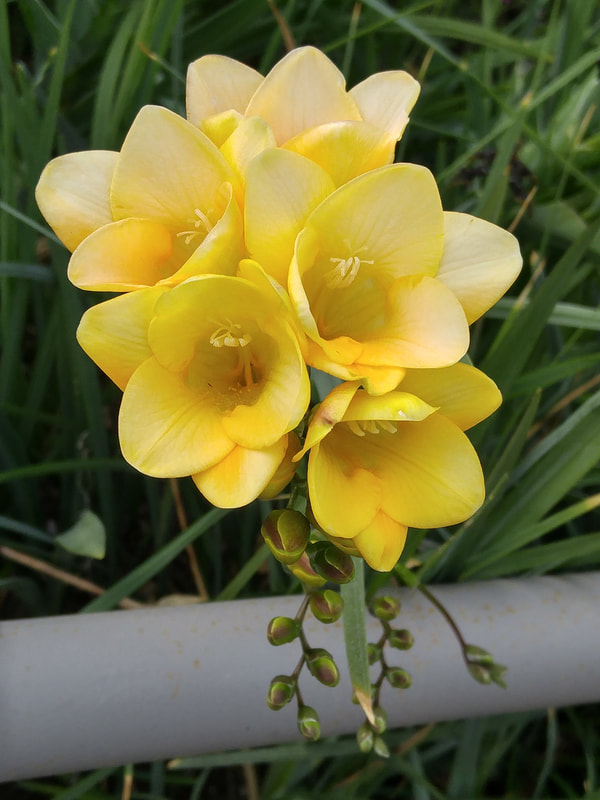
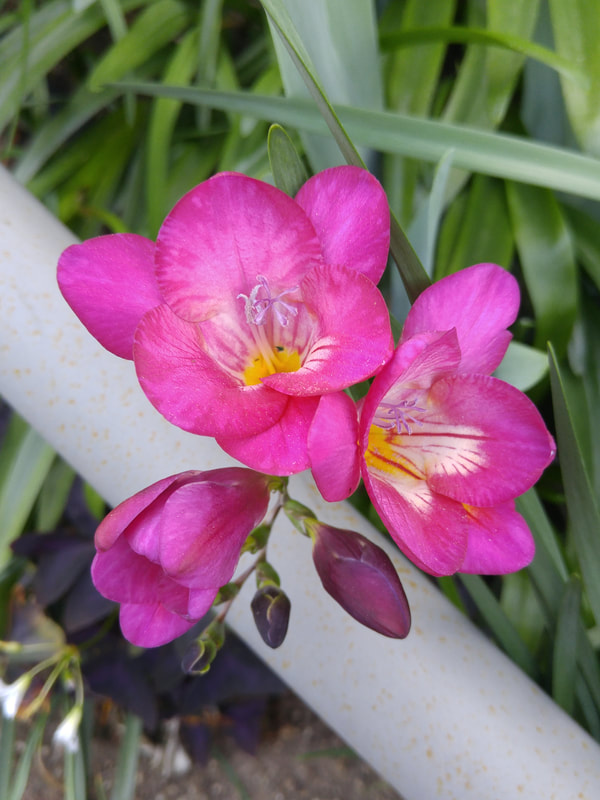
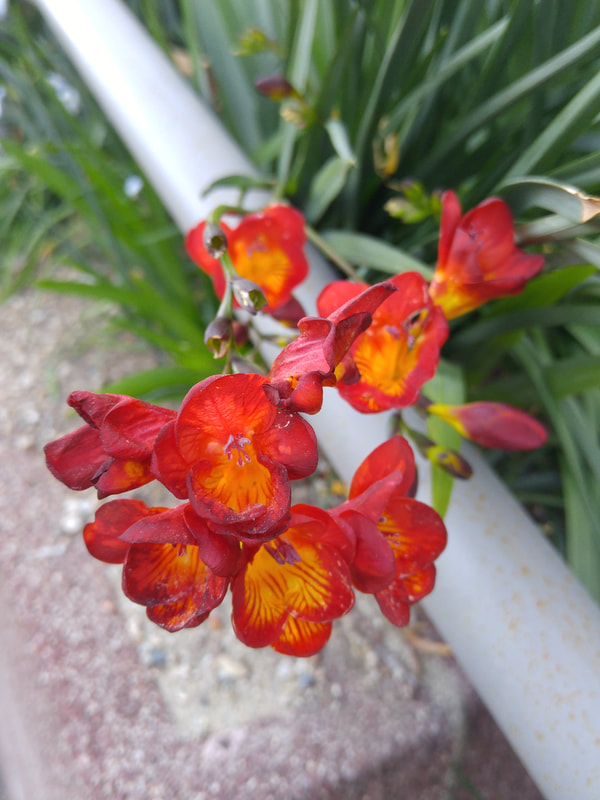
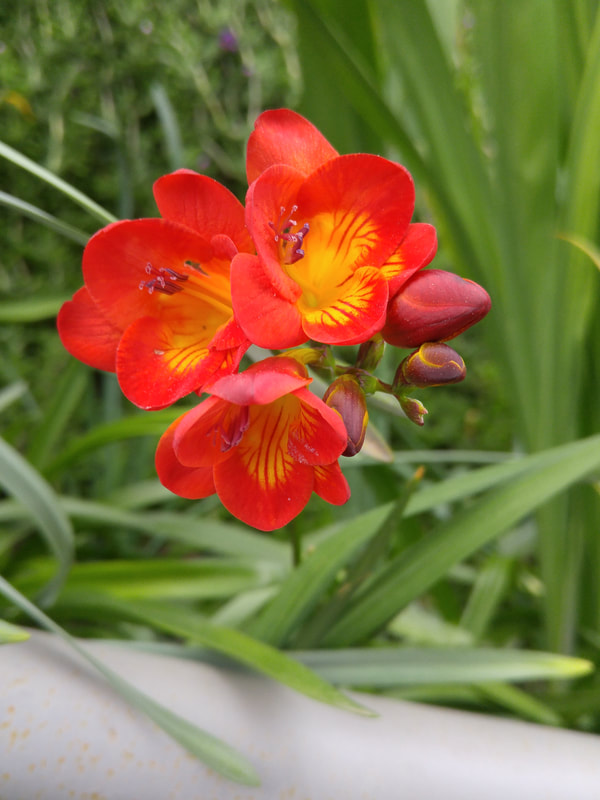
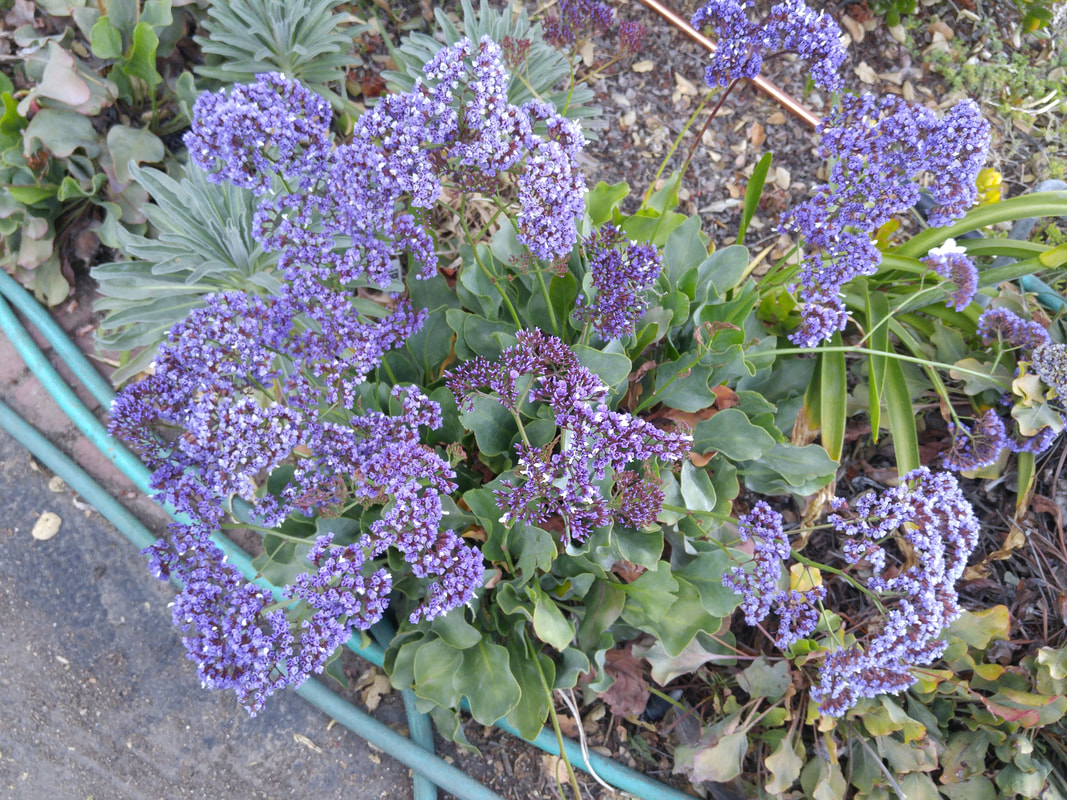
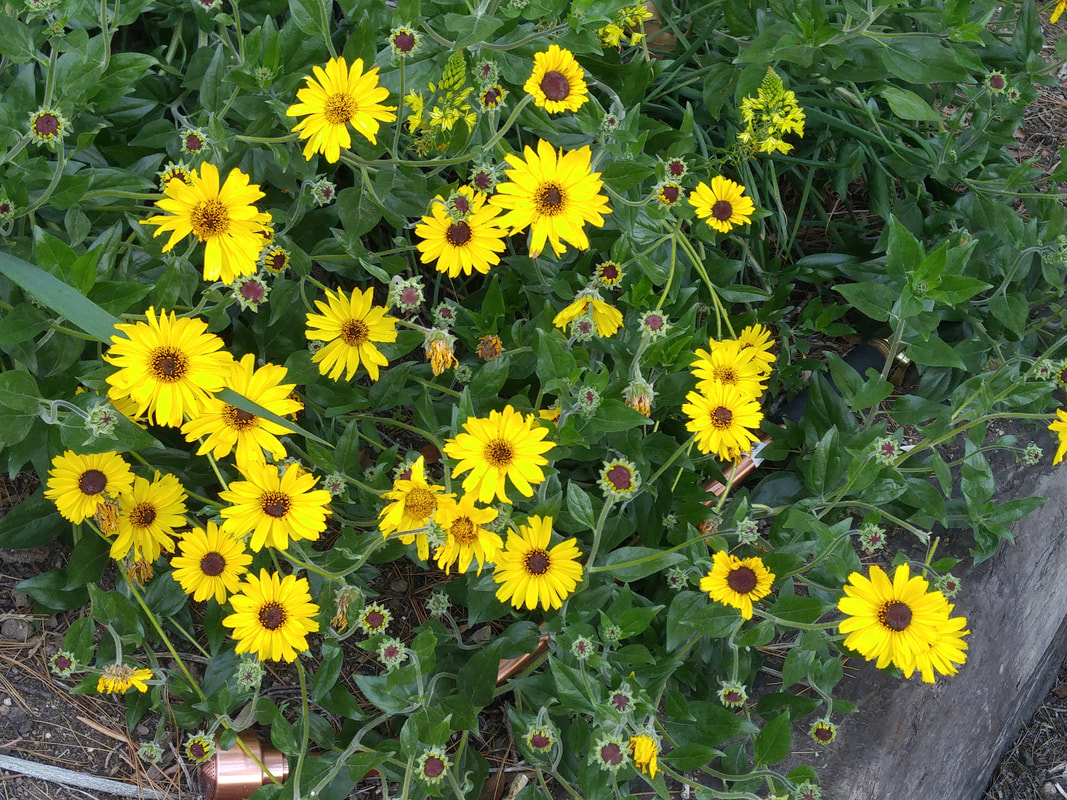
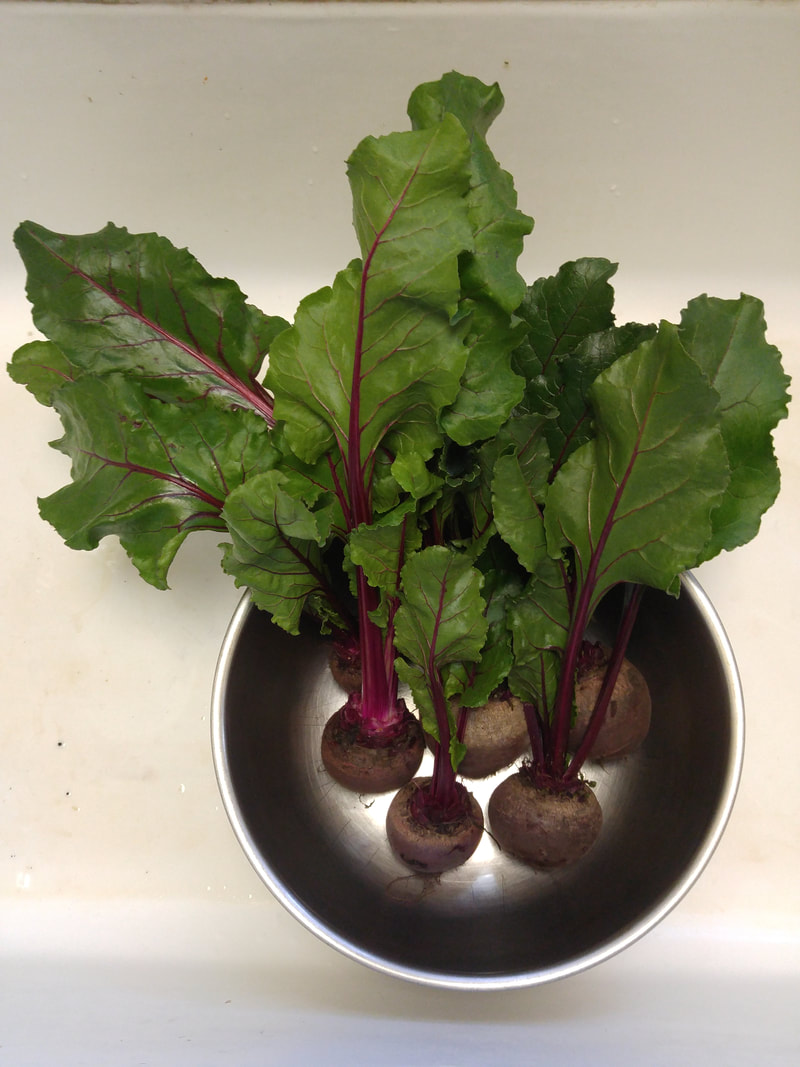
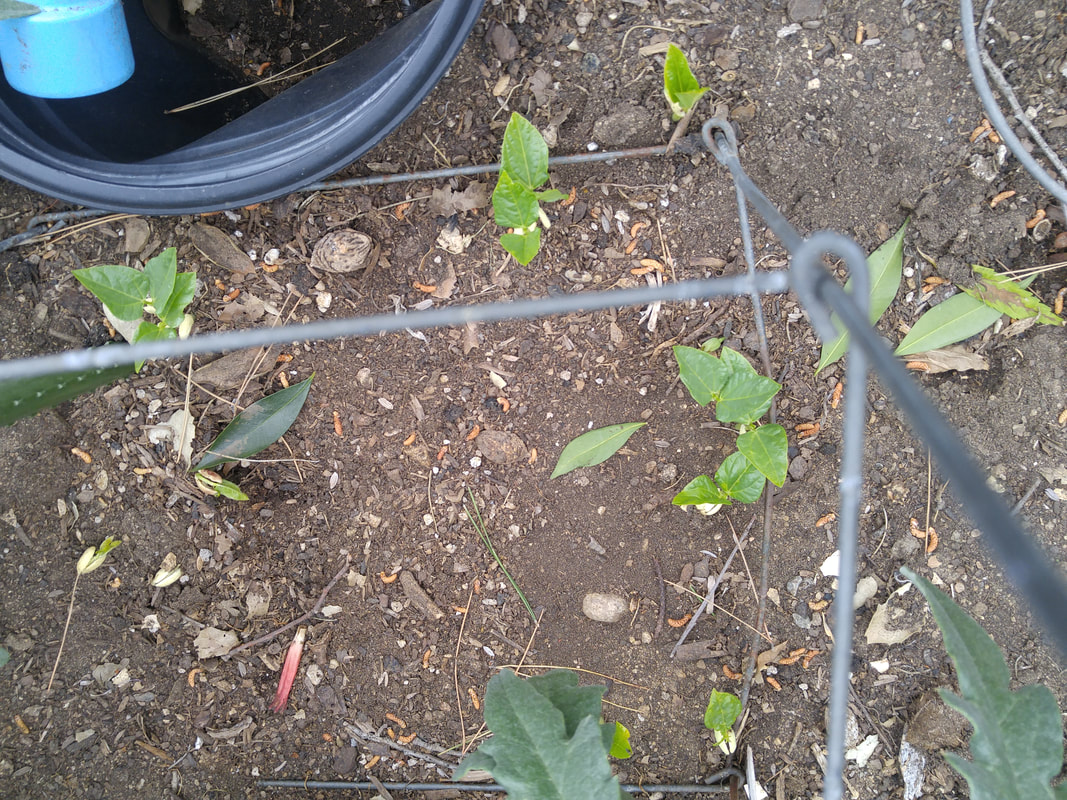
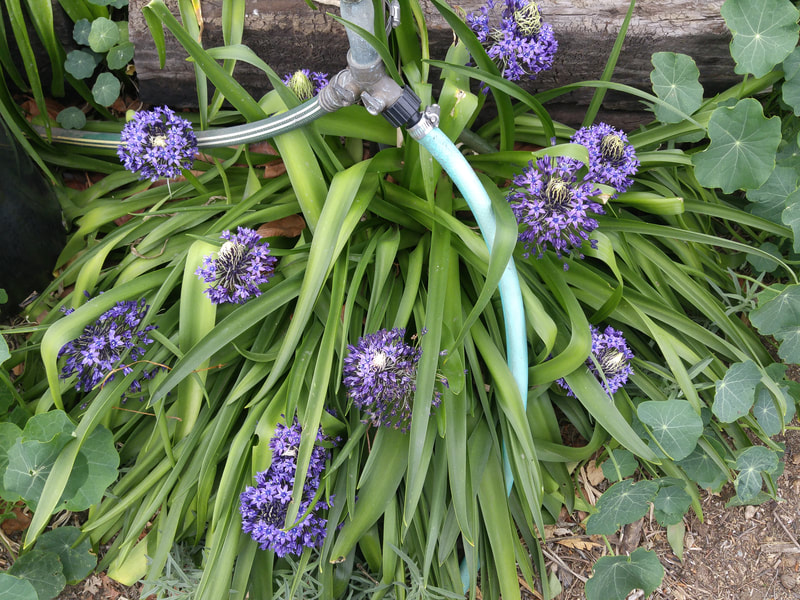
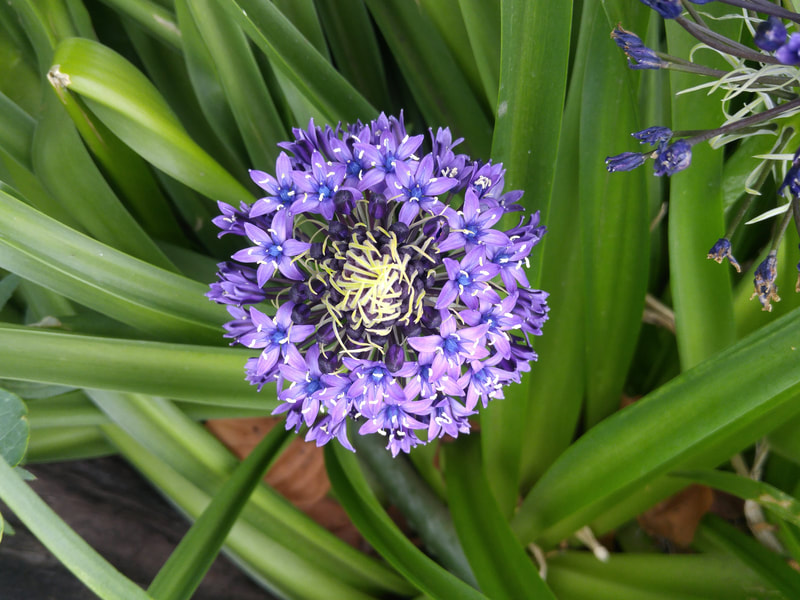
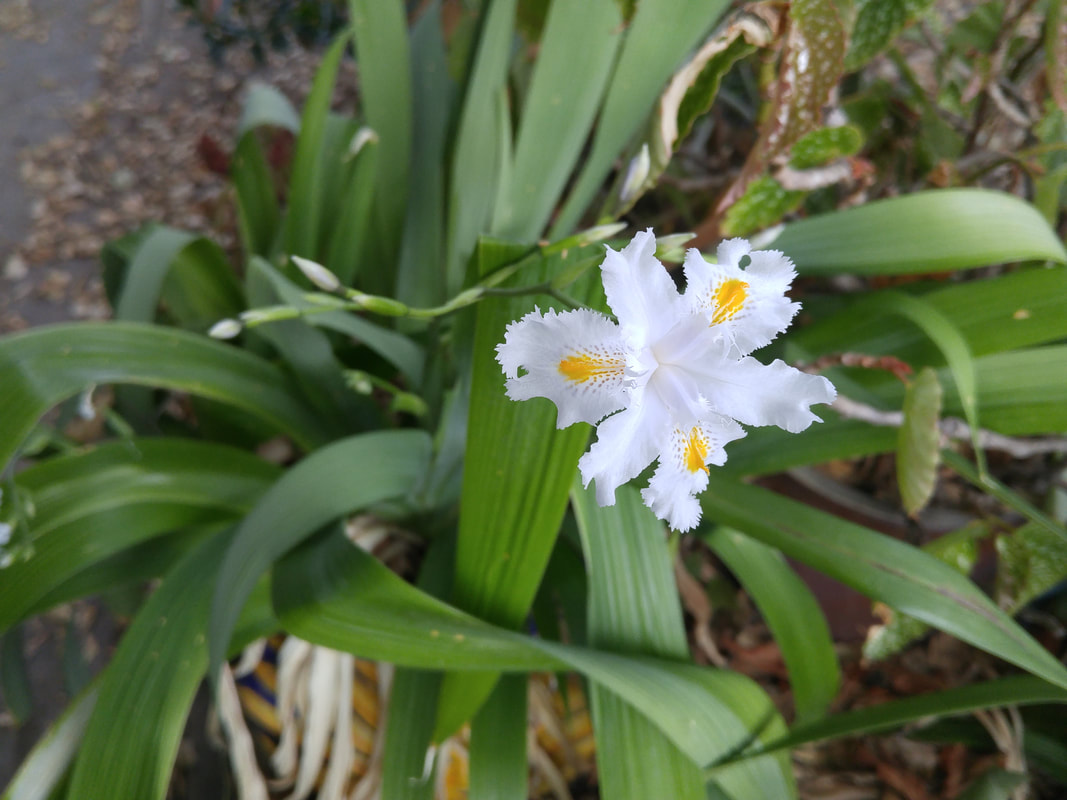
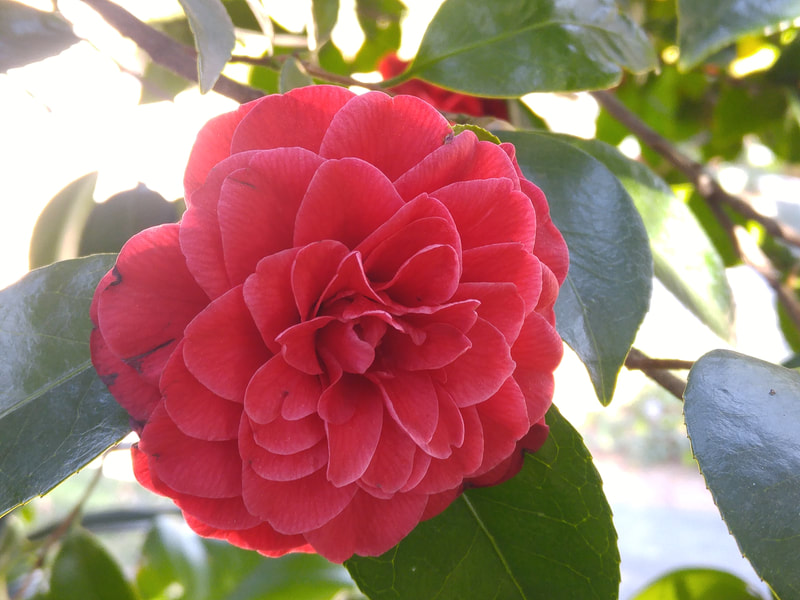
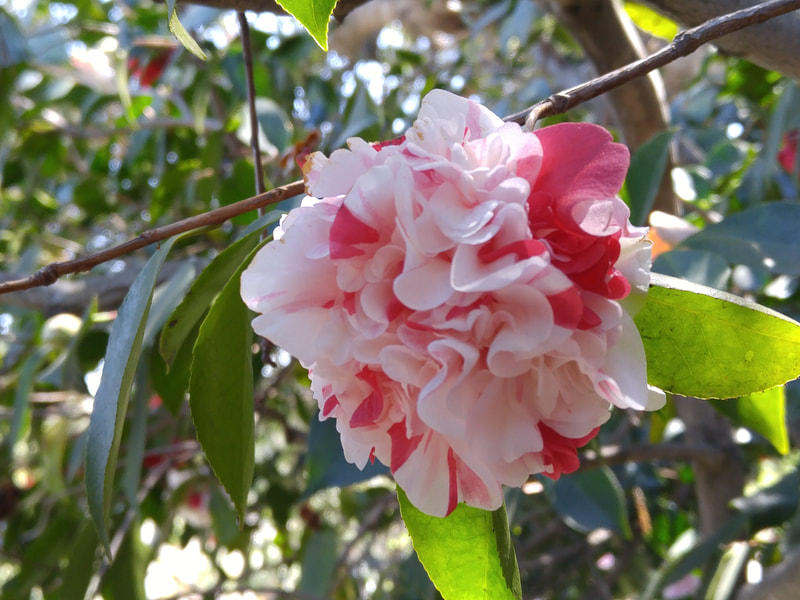
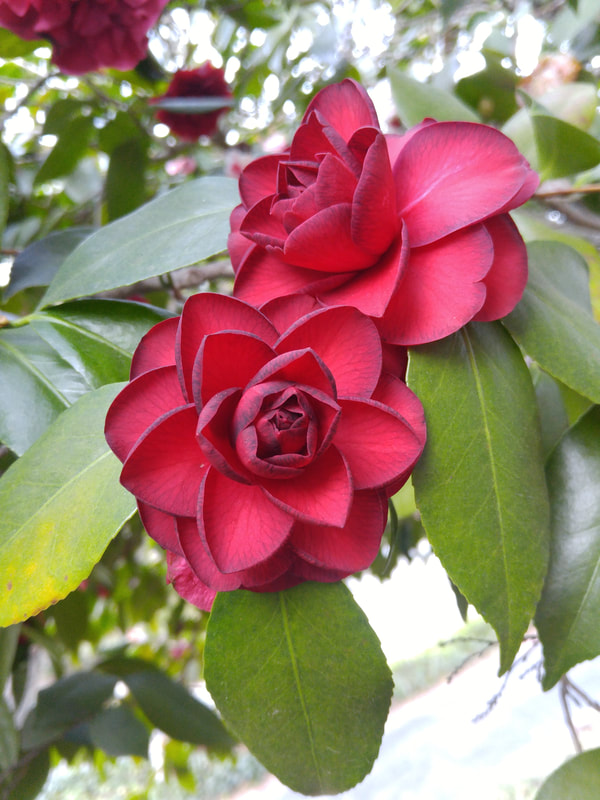
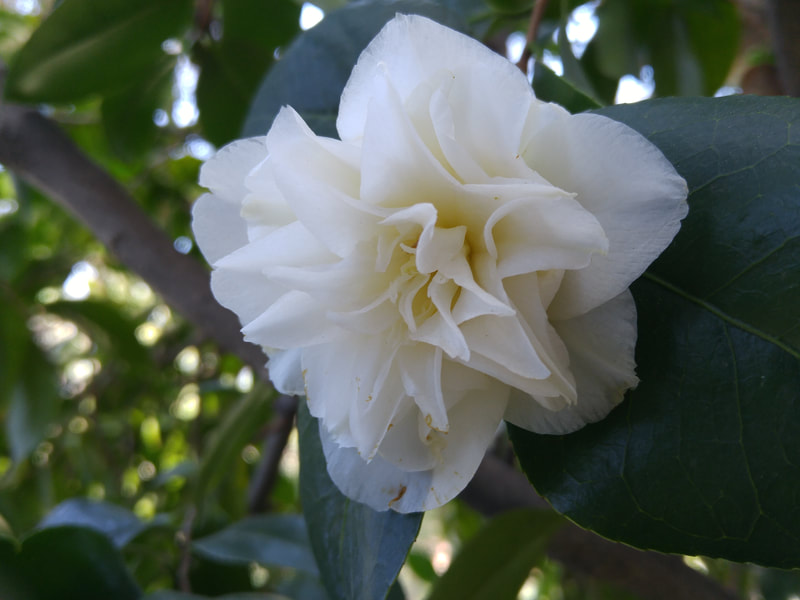

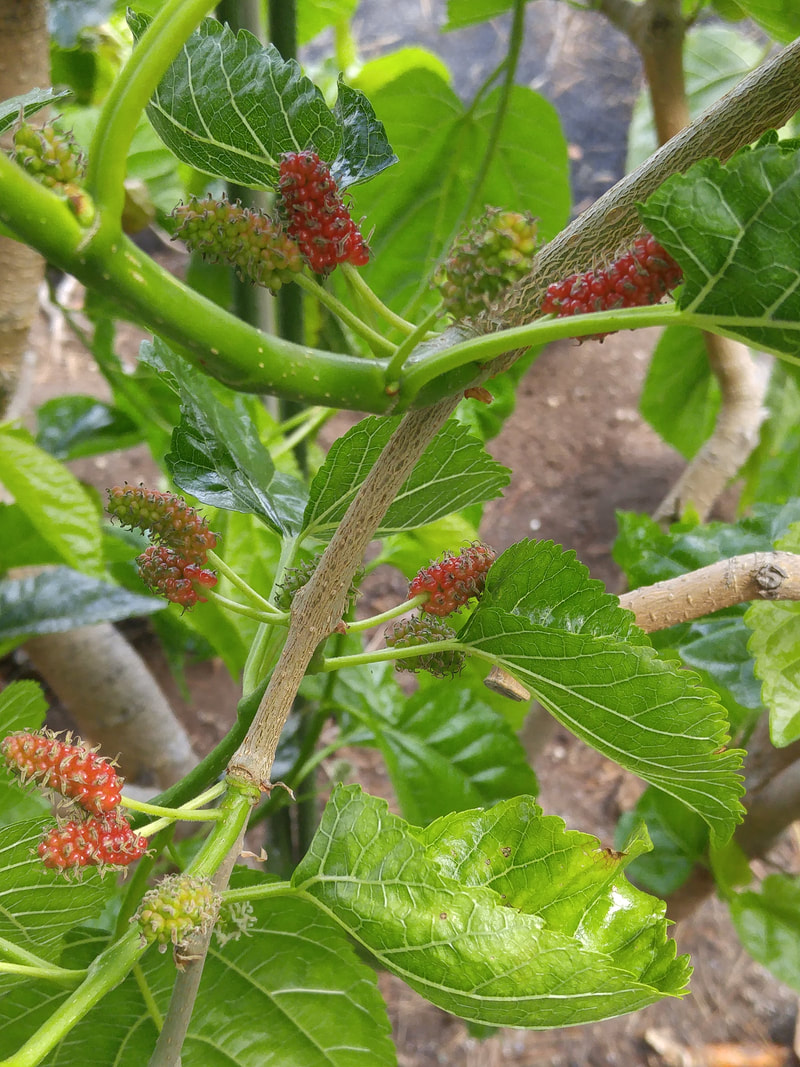
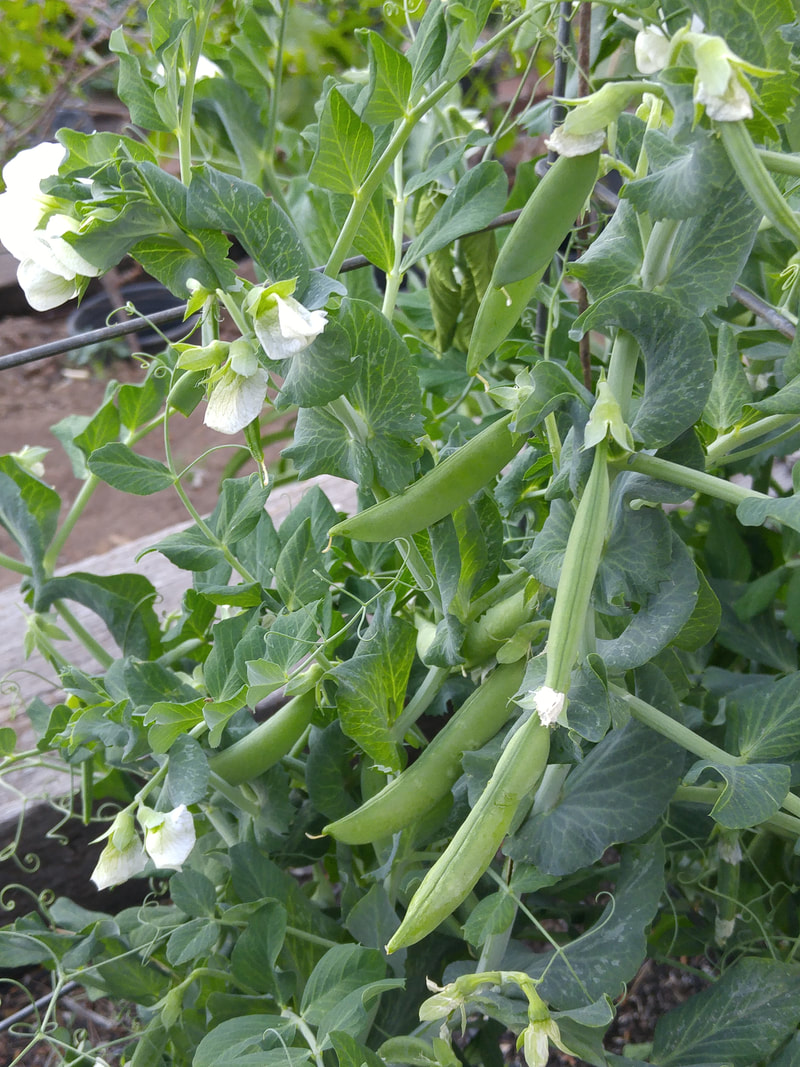
 RSS Feed
RSS Feed